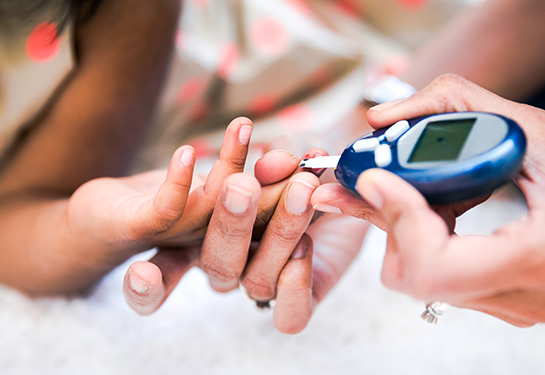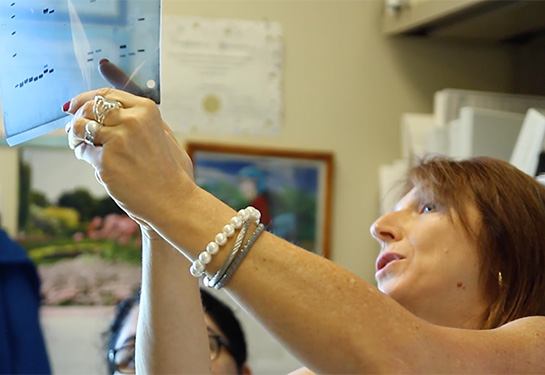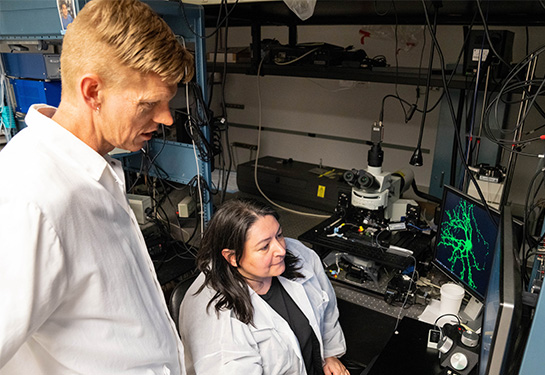International Society for Pediatric and Adolescent Diabetes releases new DKA guidelines
The International Society for Pediatric and Adolescent Diabetes (ISPAD) has released its clinical consensus guidelines on the treatment of diabetic ketoacidosis (DKA). The guidelines were published this month in the journal of Pediatric Diabetes. Nicole Glaser, professor of pediatrics and pediatric endocrinologist at UC Davis Children’s Hospital, was the lead author of the published guidelines.
“On behalf of ISPAD, we are pleased to provide these recommendations to help guide DKA management in children,” Glaser said. “The guide includes recommendations for fluid and electrolyte replacement, insulin therapy and monitoring for complications.”
DKA is caused by a lack of adequate insulin in the body and affects children, adolescents and adults with type 1 and type 2 diabetes. The clinical manifestations of DKA are:
- Dehydration
- Tachypnea (abnormal rapid breathing) or deep, sighing (Kussmaul) respirations
- Nausea, vomiting and abdominal pain that may mimic an acute abdominal condition
- Confusion, drowsiness
ISPAD’s recommendations are based on currently available evidence. Clinical judgment should be used to determine optimal treatment for the individual child, and timely adjustments to treatment should be based on ongoing clinical and biochemical monitoring of the response to treatment.
The biochemical criteria for DKA diagnosis are:
- Hyperglycemia (blood glucose > 11 mmol/L)
- Venous pH < 7.3 or serum bicarbonate < 18 mmol/L
- Ketonemia (blood ß-hydroxybuyrate ≥ 3 mmol/L) or moderate or large ketonuria
Included in the guidelines are changes to previous recommendations:
- Biochemical criteria to diagnose diabetic ketoacidosis (DKA) include serum bicarbonate <18 mmol/L
- Infusion of initial fluid bolus(es) over 20 to 30 min
- Promoting a rise in serum sodium concentrations during DKA treatment is no longer considered necessary
- Increased emphasis on differences in treatment recommendation for HHS and mixed presentation of DKA and HHS (hyperosmolar DKA) compared to standard DKA treatment
Because not all children display classic symptoms of diabetes (polyuria, polydipsia) at the time of DKA diagnosis, and other symptoms of DKA are non-specific, fingerstick blood glucose measurements should be considered for all children presenting with rapid breathing or with vomiting and abdominal pain without diarrhea.




